- Inquiry
- |
- Inquiry List
- |
- Sign In or Sign Up
Huawei have launched its new high-end smartphone, the Mate 40 Pro, and we’ve had one of the first units in for testing under version 4 of the DXOMARK Camera test protocol. The camera setup is very similar to the P40 Pro launched earlier this year, but there are some subtle differences. The Mate 40 Pro’s primary camera does not feature an optical stabilization system but otherwise comes with the same 1/1.28″ sensor and f/1.9-aperture lens as the P-series model. The ultra-wide camera retains the P40 Pro’s lens with an f/1.8 aperture and 18 mm equivalent field of view, but now uses a 20 MP sensor with bigger pixels instead of 40 MP. The specs of the 5x tele-camera remain unchanged.
With relatively few changes compared to the P40 Pro’s camera specifications, we were curious to see if the Huawei engineers were able to increase image quality and camera performance even further on the new model. Read on to find out if they succeeded and how the Huawei Mate 40 Pro performed under the brand-new version 4 of the DXOMARK Camera test protocol.
Key camera specifications:
About DXOMARK Camera tests: For scoring and analysis in our smartphone camera reviews, DXOMARK engineers capture and evaluate over 3000 test images and more than 2.5 hours of video both in controlled lab environments and in natural indoor and outdoor scenes, using the camera’s default settings. This article is designed to highlight the most important results of our testing. For more information about the DXOMARK Camera test protocol, click here. More details on how we score smartphone cameras are available here.
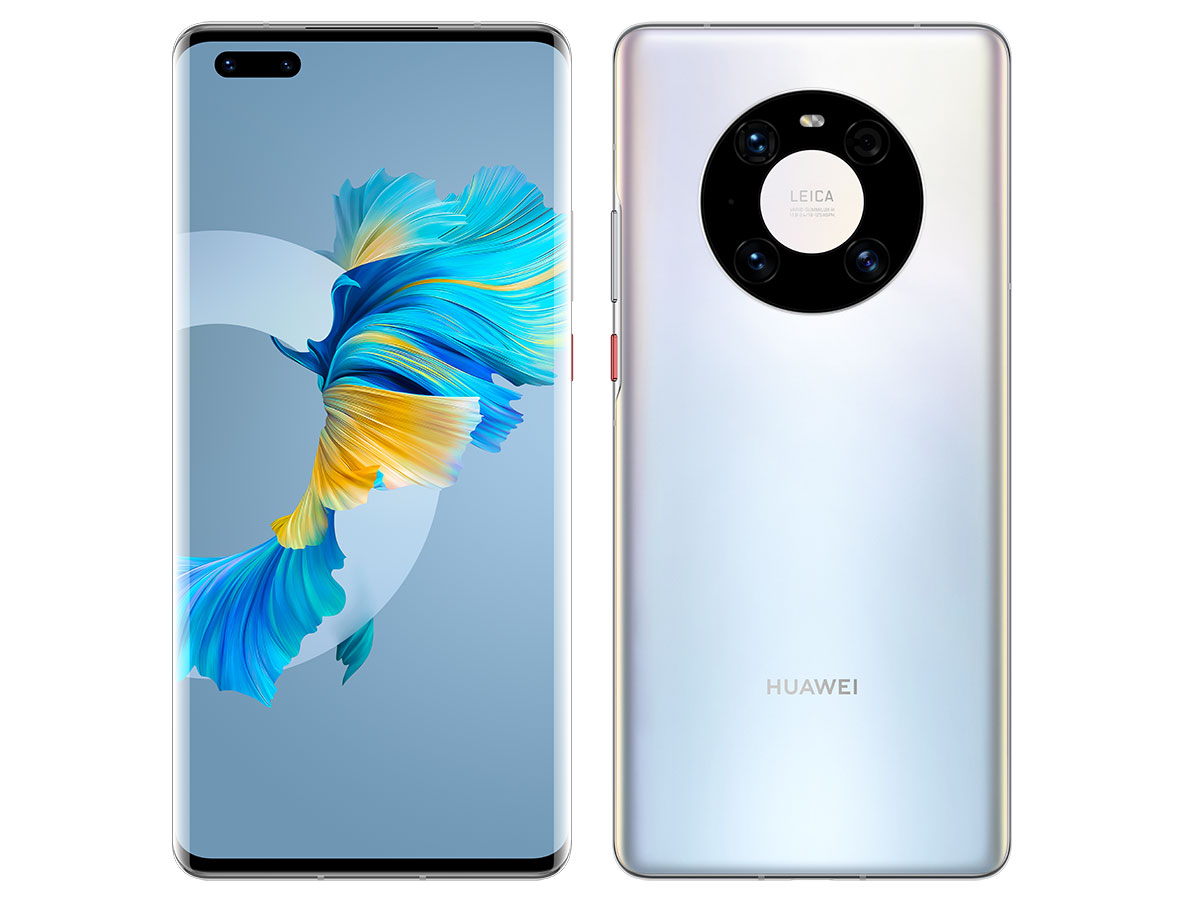
Dynamic range is a particular highlight. As you would expect from a flagship phone in 2020, the camera captures good target exposure down to low light. In addition the Mate 40 Pro manages to maintain a wide dynamic range across light levels, even in very low light. In comparison, many competitors are capable of recording good highlights and shadow details in bright light but struggle to do so in dim conditions. This makes the new Huawei a great option for night shots and other difficult low-light scenarios.
The camera also offers a great tradeoff between texture and noise, with good detail and low levels of noise in images captured across all light levels. Sharpness is further helped by an accurate autofocus system that locks on without delay when shooting with the primary camera. The Mate 40 Pro’s portrait mode does a good job at creating a natural-looking bokeh simulation that doesn’t look far off from something a DSLR and fast lens could capture. Our testers were particularly impressed by the depth estimation that works well even with hair and other complex subjects.
Image artifacts are well controlled, too, with only some color quantization and aliasing, but you’d have to look pretty hard to spot any of those issues, making them pretty much irrelevant for normal shooting.

The Mate 40 Pro also achieves a very good Zoom score of 88 but cannot quite keep with the very best in this new category that combines tele and wide sub-scores. The combination of digital super-zoom on the primary camera and the dedicated tele-lens is capable of recording good detail at all tele settings. However, the Xiaomi Mi 10 Ultra with its two dedicated tele lenses just has the edge, especially at close and medium zoom ranges. We also found that the Huawei’s autofocus struggled in quite a few tele shots, which lowered its score.
The ultra-wide camera comes with the same limitations as previous high-end Huaweis: the field of view is considerably narrower than on most direct competitors. Image quality is otherwise generally excellent, though. So if you can live with a little less wideness, the Mate 40 Pro is still an excellent choice for wide-angle aficionados.


With a Video score of 116, the Mate 40 Pro also takes the top spot in the moving images category. The Huawei’s 4K footage shows good detail and low noise levels in all situations. Color is nice, too, and the auto white balance system works well and adjusts smoothly to changes in illumination.
The autofocus system is accurate and adapts smoothly when the subject distance changes, avoiding any unwanted jumps or pumping. The effective video stabilization also helps create a cinematic effect, making footage look very smooth and stable, which is particularly noticeable when panning or even when running while recording.
On the downside, some highlight clipping can occur in difficult high-contrast scenes and the stabilization does struggle a little bit when walking while recording in low light. In such challenging conditions, sharpness differences between frames can become visible. In terms of artifacts, we’ve observed some color quantization and ghosting effects on Mate 40 Pro video clips. Those minor quibbles aside, the new Huawei is an excellent choice for mobile video shooters and deservedly achieves our highest Video score to date under the updated test protocol.
The Huawei Mate 40 Pro achieves an outstanding Photo score of 140, thanks to excellent results across all image quality attributes. In this section, we take a closer look at how each sub-score was determined and compare image quality against some key competitors.

Huawei Mate 40 Pro
109
The Mate 40 Pro achieves the best score to date under our updated test protocol. Not only is target exposure good down to very low light, the Mate 40 Pro is also capable of maintaining a wide dynamic range in low-light conditions, something that most competitors struggle with.
All three devices deliver good exposure for this backlit scene, but the Mate 40 Pro does even a little better than the P40 Pro and Xiaomi by lifting brightness slightly on the statue and building.



The Mate 40 Pro does impressively well in this low-light shot, with the differences to the reference clearly visible. The Mate is capable of delivering a noticeably wider dynamic range in low light. As a result, it shows more detail in both the dark areas at the front of the bar and in the bright lightbulb.


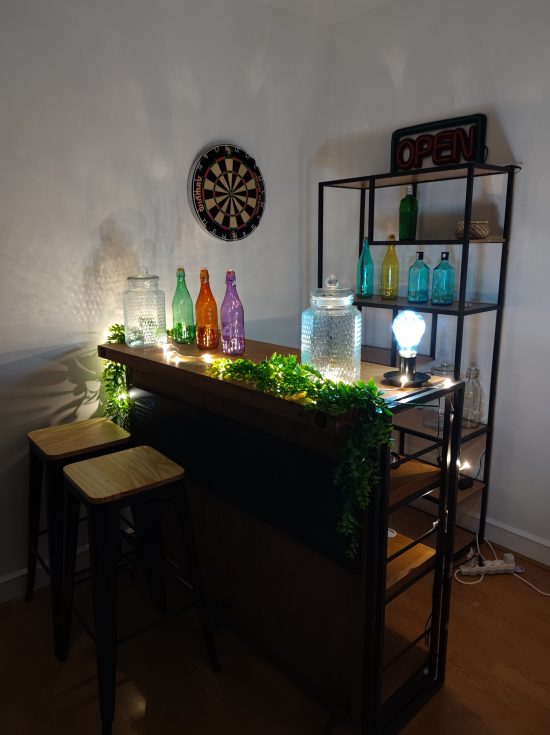
Huawei Mate 40 Pro
104
The Mate 40 Pro also achieves a very high score for color. Color has noticeably improved over the P40 Pro, which often showed color casts in various light conditions, especially in low light. On the Mate 40 Pro, white balance is accurate in pretty much all conditions and color rendering is pleasant. In this indoor shot, the Mate 40 Pro produces natural and pleasing colors, but both the P40 Pro and Mi 10 Ultra images have fairly strong reddish color casts, making for unnatural skin tones and overall color rendering.



The Mate 40 Pro also delivers the nicest color rendering in this outdoor scene.




Huawei Mate 40 Pro
92
The Mate 40 Pro autofocus is accurate and fast to lock on in all conditions. It’s also a noticeable improvement over the P40 Pro which slows down noticeably in HDR light conditions.
You can see in our chart below that under indoor 1000 lux lighting with 7 EV contrast, the Mate 40 Pro finds sharp focus on all 30 shots, and does so without delay. The Xiaomi Mi 10 Ultra performs very similarly, but the the P40 Pro, while accurate, slows down a little compared to the other two devices.

This is the setup we use for testing AF under HDR conditions. All three images are sharp, but as shown in the graph above, the P40 Pro AF is slower than the others. The new Mate 40 Pro is faster and delivers better dynamic range. The Xiaomi is equally fast, but dynamic range is noticeably lower.

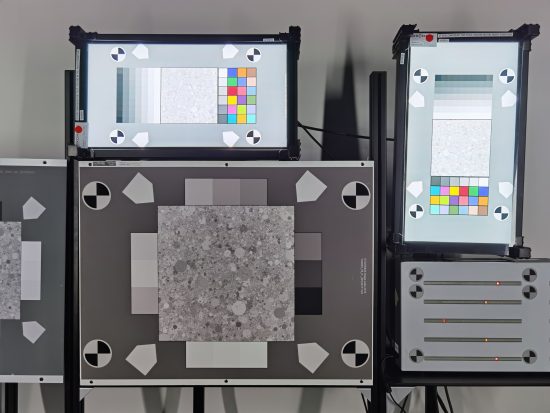
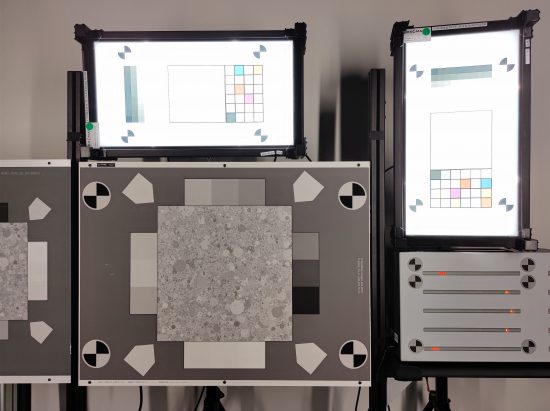
The Mate 40 Pro still did not achieve one of the best scores for autofocus because of its limited depth of field. This means that in a group portrait, people towards the back of the scene tend to be slightly out of focus. This is also true for images that have people at the front and another element of interest in the background—for example, typical tourist shots. In this image you can see that the effect is little more pronounced on the Mate 40 Pro than on the comparison devices.






Huawei Mate 40 Pro
101
Huawei Mate 40 Pro
95
The Mate 40 Pro scores well for both texture and noise, and balances both attributes very well. In our measurements the Huawei Mate 40 Pro and P40 Pro, as well as the Xiaomi Mi 10 Ultra, all deliver very good detail across all light levels. However, the Mate 40 Pro loses some ground in low light compared to the reference devices; this is clearly visible in our new texture measurements, which are based on the DXOMARK test chart.

As indicated by the graph, differences are more visible in low light. Compared to the P40 Pro, the Mate 40 Pro lacks detail on the skin textures in this crop. The Xiaomi is also better than the new Huawei.




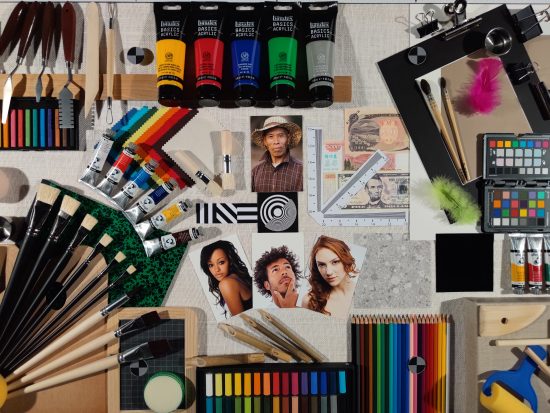

The differences in detail in these outdoor shots are minimal, but the Xiaomi just has the edge over the Huawei devices.
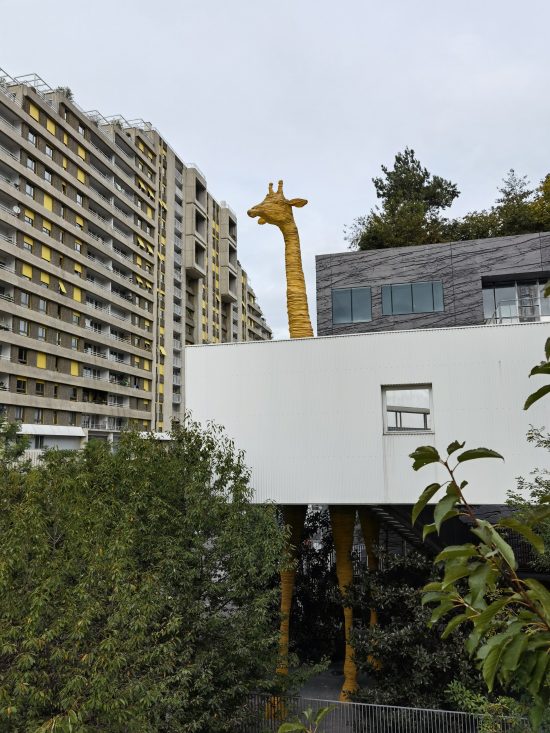

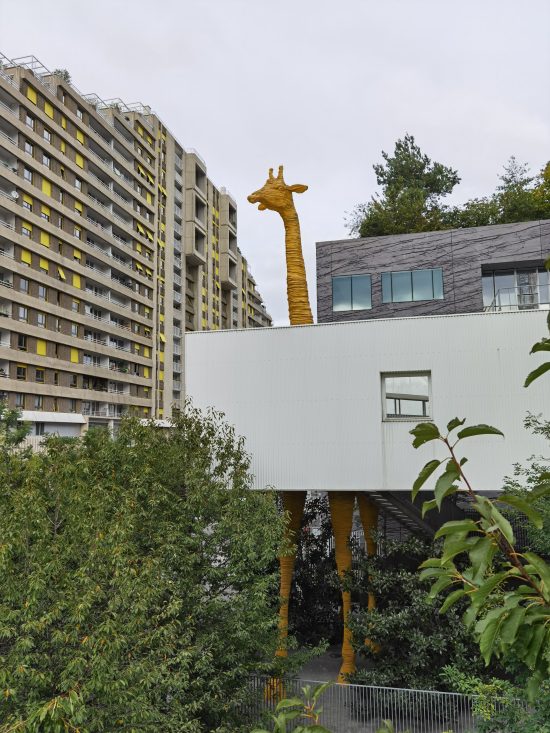



In the noise analysis, the three devices’ performance is very close in bright outdoor light and under typical indoor conditions. Some small differences appear only at light levels below 10 lux. Even then, noise is well controlled on all cameras.
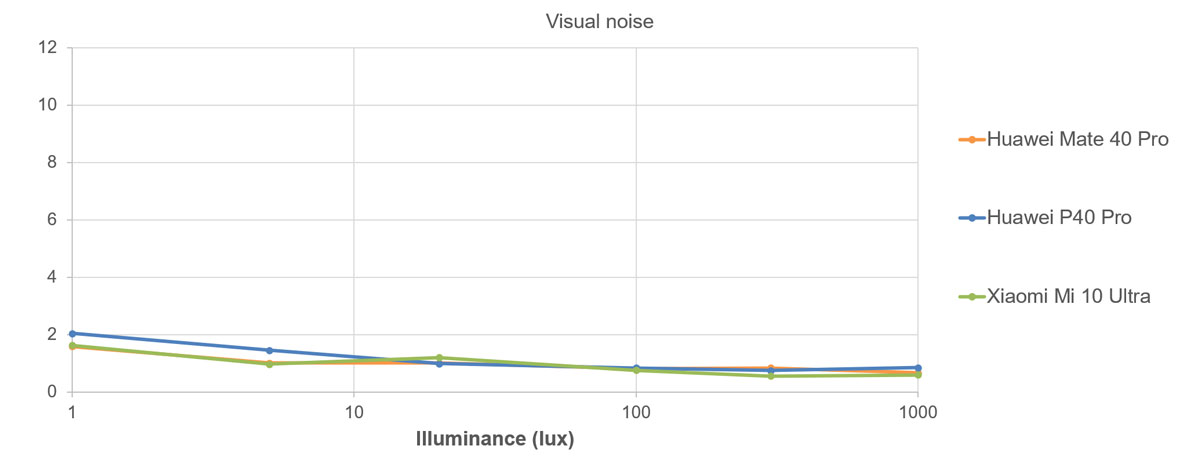
These results are reflected in this indoor scene: the level of detail is excellent and noise very well under control for all three devices.






Huawei Mate 40 Pro
69
Image artifacts are well controlled overall on the Huawei Mate 40 Pro, but the device is not among the very best we have tested. You’d have to magnify the view quite a bit to spot any issues, but the most obvious artifacts our testers found are color quantization and aliasing. Other more minor effects include ghosting and ringing.
Color quantization is often visible in areas of plain color. In the shot below, it is visible in the shape of pinkish areas on the ceiling.


You’ll sometimes see staircase aliasing on diagonal lines, but in practice the effect is weak enough that you won’t have to worry about it too much.


Huawei Mate 40 Pro
69
The Mate 40 Pro is a very capable device for night shots, with good exposure and wide dynamic range. In this comparison, its exposure is a little darker than the Xiaomi Mi 10 Ultra’s, but it maintains much better highlight detail in the bright areas of the frame, making for an overall better shot. On the downside, the level of captured detail is a little lower than on the P40 Pro and the Xiaomi in very low light.


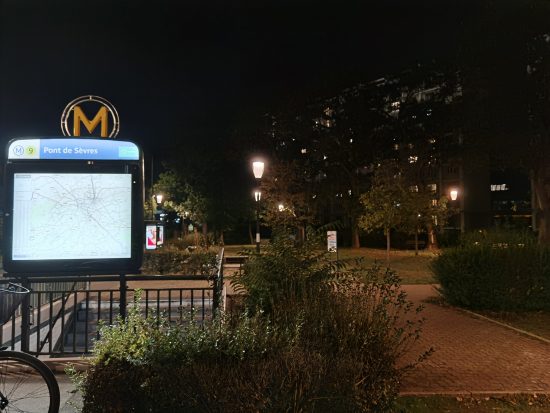



Huawei Mate 40 Pro
75
In its portrait mode, the Mate 40 Pro captures images with an overall natural-looking simulated bokeh effect. Depth estimation tends to be very good, even in difficult areas such as hair, and exposure and color are nice, too, making for very nice-looking portrait images overall.



The Mate 40 Pro’s depth sensing is excellent even in challenging scenes. Below, the subject holds onto a fence, which can throw off the depth sensing of even the best smartphones. The Mate 40 Pro still makes a very precise distinction between foreground and background. The P40 Pro and Xiaomi do a good job as well, but not quite on the same level as the new Huawei flagship.






Huawei Mate 40 Pro
44
Preview is one of the very few areas of weakness for the Mate 40 Pro. In most situations, the image you see on your preview screen looks quite a bit different to the captured image. For example, while target exposure usually previews well, HDR processing is not accurately visualized in preview. In this shot, the highlight clipping in the bright background is much stronger in the preview image than in the captured photograph.


This is also documented in our measurements. Contrast entropy, which indicates dynamic range, is much higher for the capture than for the preview image at all light conditions. Contrast entropy is measured on the grey patches on the backlit panel in the lab scene above. At a maximum value of 8, all levels of gray can be distinguished; a value below 6 is considered a failure.

The device does a little better for bokeh. The background blurring effect is fairly accurately rendered in the preview, but there is a noticeable lag, resulting in moving subjects being in a different position in the final capture than in the preview image. Zoom preview isn’t great either, as zoom motion can be jerky, which is exacerbated by a reduced preview frame rate in low light.


The Huawei Mate 40 Pro achieves a very good Zoom score of 88, putting it into the current top three in this category. The Zoom score includes the tele and wide sub-scores. In this section, we take a closer look at how these sub-scores were achieved and compare zoom image quality against some key competitors.
Huawei Mate 40 Pro
121
The Mate 40 Pro is our second-best camera to date for tele-zoom, thanks to good levels of detail across all zoom levels. For this medium-range shot, the camera sticks to using its primary camera and a super-